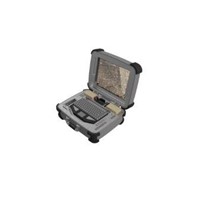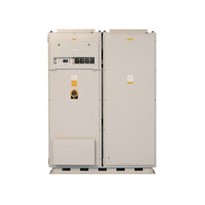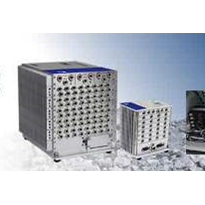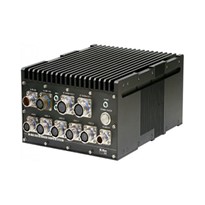One of the forerunners in this evolution is GPU accelerated computing, originally developed by NVIDIA for the gaming industry. But the application of NVIDIA’s Compute Unified Device Architecture (CUDA) into non-gaming related embedded computing systems has redefined the parameters of data processing. Data-intense applications that typically operate in a stable, and most times temperature-controlled, environment, like gaming, higher education, and telecommunications, easily jumped on the GPGPU (general purpose calculation on graphics processing unit) bandwagon.
But where does that leave system designers who need to build computing platforms subjected to extreme shock and vibration as well as extreme/wide temperature and humidity fluctuations that range from sub-zero to triple digits…in addition to supporting crucial, lifesaving and security-focused applications?
Defining Application Challenges
Knowing how to transition this exciting processing technology into the realm of harsh environments is not insurmountable. In fact, if you apply the same principles of ruggedization employed in developing other rugged embedded systems, a pattern of thinking will surely fall into place. The key then lies in making sure you are employing GPU accelerated computing in the best way for your defense, military or mission-critical application.
Taking stock of your system requirements is a good place to start. Today’s military systems are utilizing far more resources in a much smaller footprint, typically referred to as optimized SWaP—size, weight and power—while needing to keep costs low. In addition, these applications function in extremely harsh environments and carry with them the need to operate reliably all the time, every time. This dichotomy
has plagued many electronic engineers developing critical military, defense and space systems for decades, but, as history has shown, these challenges can not only be mitigated, but met, as well.
Download the white paper to read the whole story.


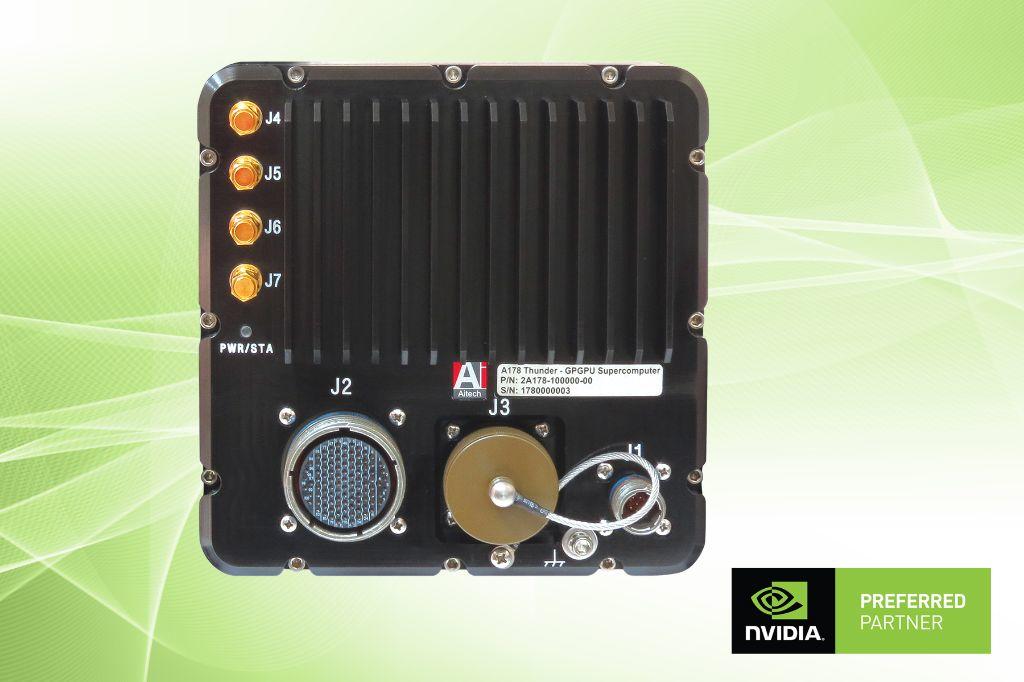


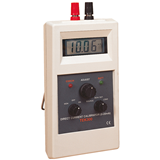

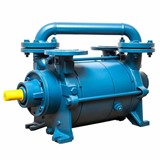
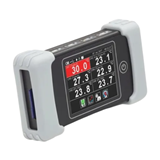



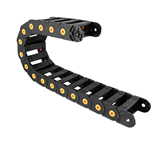
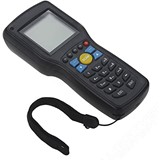
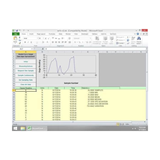
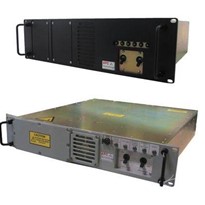
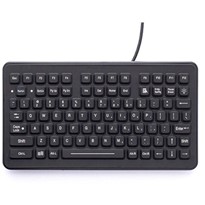
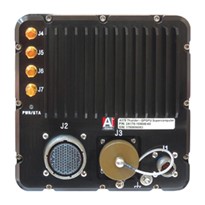
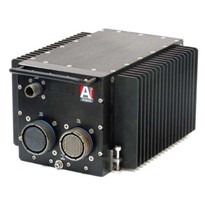

-205x205.jpg)

